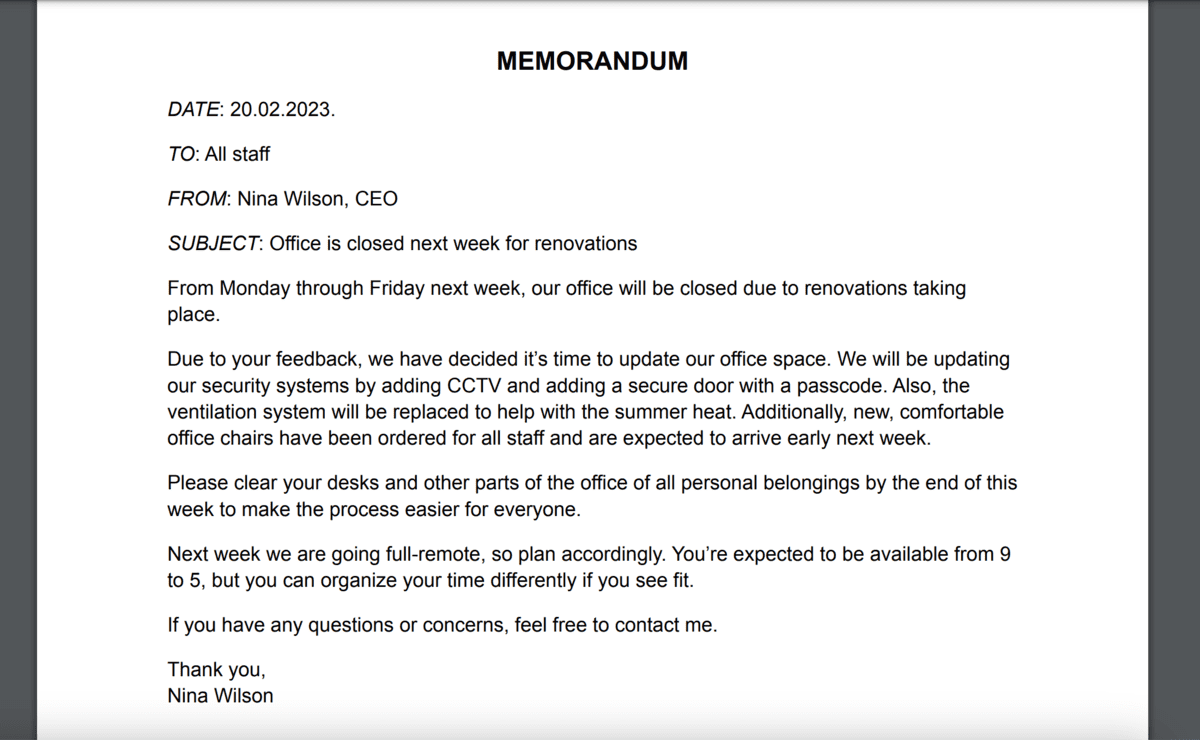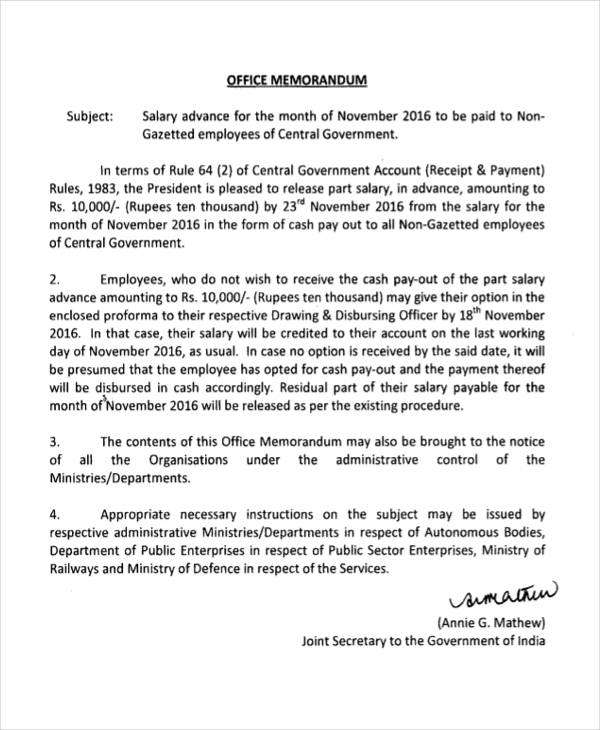How To Write A Professional Memo Examples
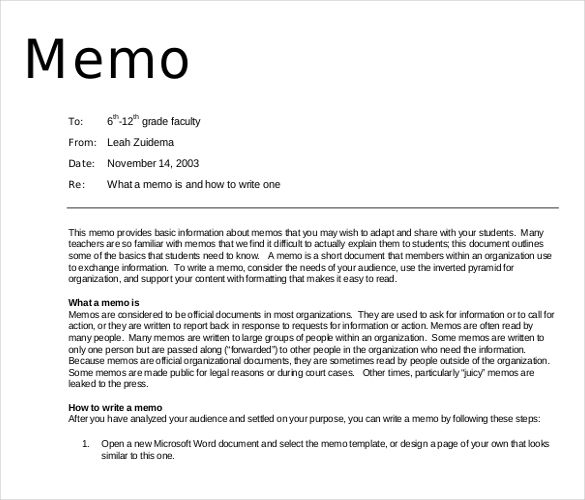
In today's fast-paced professional environment, effective communication is paramount. Among the various forms of business correspondence, the memorandum, or memo, remains a crucial tool for internal communication. Mastering the art of crafting a professional memo can significantly enhance clarity, efficiency, and overall workplace productivity.
This article delves into the essentials of writing a professional memo, providing practical examples and actionable strategies for crafting clear, concise, and impactful communications.
Understanding the Purpose of a Memo
A memo serves as a formal written communication within an organization. Unlike emails, memos are often used for more official announcements, policy updates, internal reports, or proposals.
They provide a documented record of information, ensuring clarity and accountability. The goal is to convey information quickly and efficiently, respecting the reader's time and attention.
Key Elements of a Professional Memo
A well-structured memo typically includes several key elements. These ensure the message is easily understood and properly documented.
Heading Section
The heading section clearly identifies the sender, recipient, date, and subject. It includes the following: To: (Recipient's Name and Title), From: (Your Name and Title), Date: (Date of the Memo), and Subject: (A concise and specific subject line).
Opening Paragraph
The opening paragraph states the purpose of the memo immediately. Avoid beating around the bush; get straight to the point.
Body Paragraphs
The body paragraphs provide supporting details, evidence, and analysis. Use clear and concise language, breaking down complex information into smaller, manageable chunks.
Closing Paragraph
The closing paragraph summarizes the key takeaways and outlines any required actions or next steps. It should leave the reader with a clear understanding of what is expected of them.
Formatting and Style
Memos should be formatted for easy readability. Use bullet points, numbered lists, or headings to break up long blocks of text. Maintain a professional tone throughout the memo, avoiding slang or overly casual language.
Example of a Professional Memo
Here's a sample memo illustrating the principles discussed above:
To: All Department Managers
From: Jane Doe, CEO
Date: October 26, 2023
Subject: Updated Company Travel Policy
This memo serves to inform you of revisions to the company travel policy, effective November 15, 2023.
The updated policy includes changes to reimbursement rates for meals and accommodations. Specifically, the daily meal allowance has been increased to $75, and the maximum allowable hotel rate is now $250 per night.
A complete copy of the revised travel policy is available on the company intranet under the HR section. Please review the updated policy and ensure all employees in your department are aware of the changes.
If you have any questions regarding the new policy, please contact the HR department. Your cooperation in implementing these changes is greatly appreciated.
Common Mistakes to Avoid
Several common mistakes can undermine the effectiveness of a memo. These include using overly technical jargon, being ambiguous or unclear, and failing to proofread carefully.
Avoid passive voice when possible, and use active voice for clarity. Ensure that the memo is free of grammatical errors and typos. A poorly written memo can reflect negatively on the sender's professionalism and credibility.
The Impact of Effective Memos
Well-written memos can significantly improve communication and productivity within an organization. By providing clear and concise information, memos reduce misunderstandings and streamline decision-making.
They also serve as a valuable record of company policies, decisions, and communications. This documented history can be invaluable for future reference and legal compliance.
Conclusion
Mastering the art of writing professional memos is an essential skill for any professional. By following the guidelines and examples outlined in this article, you can ensure that your memos are clear, concise, and impactful, contributing to a more efficient and productive workplace.
Effective communication is the cornerstone of success in any organization, and the professional memo remains a vital tool for achieving that success.
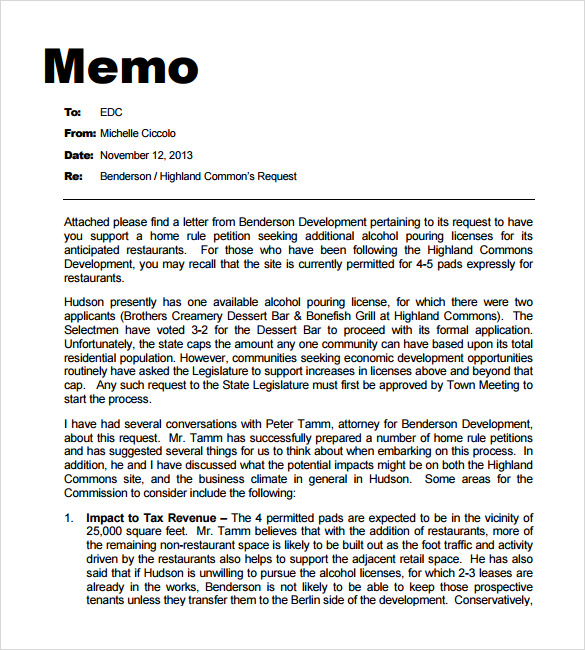
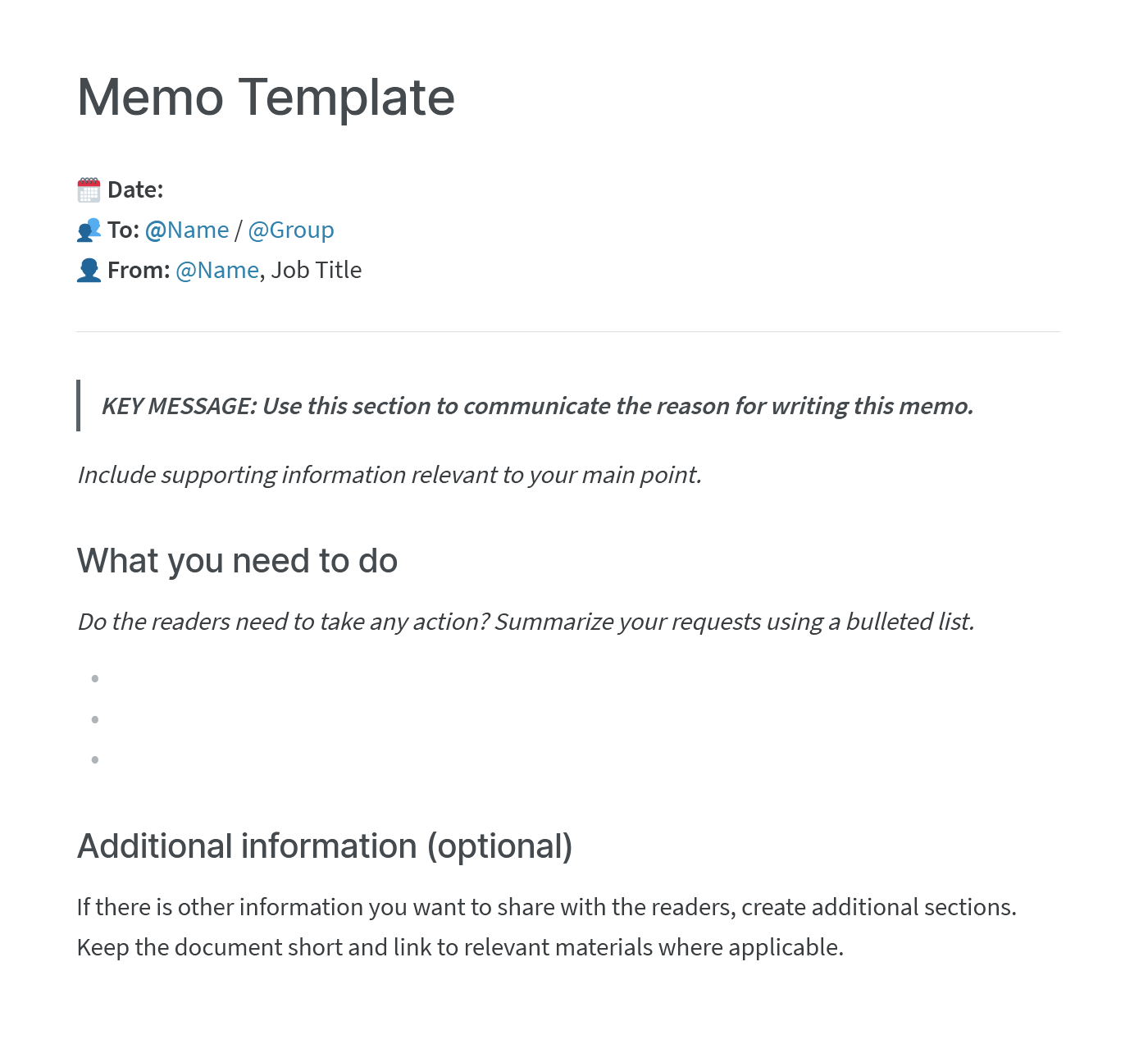
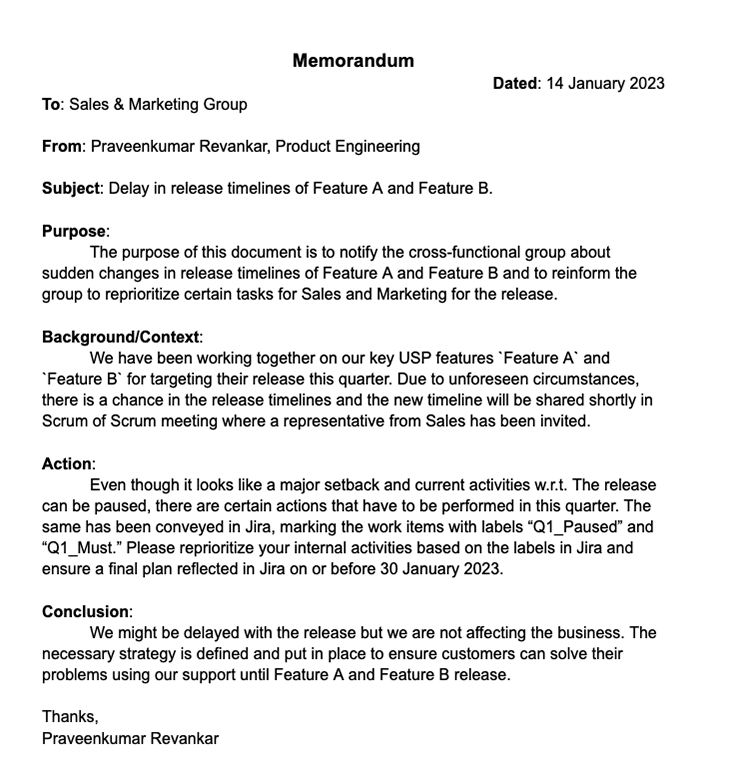
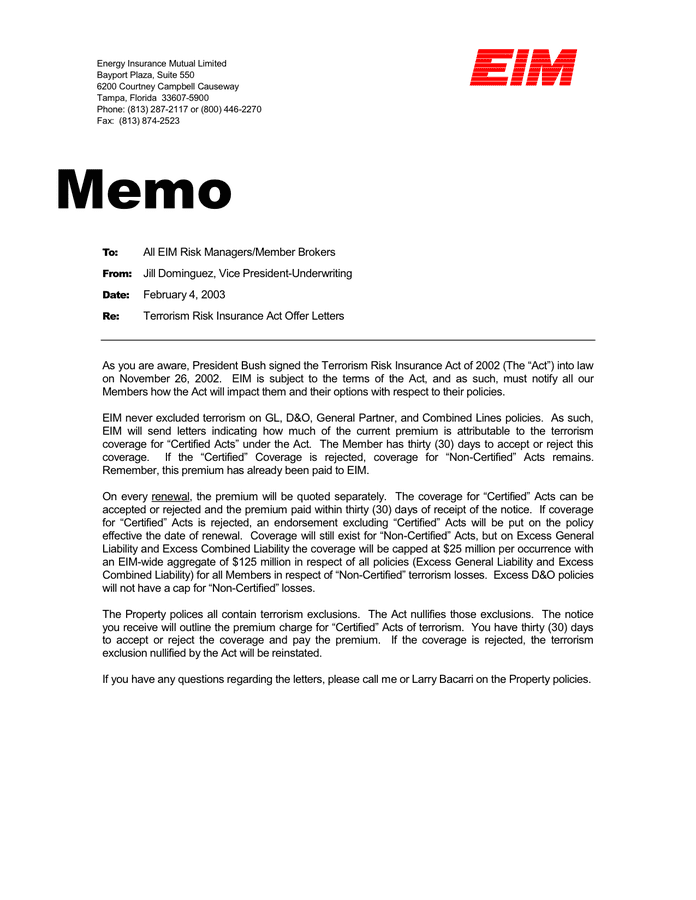
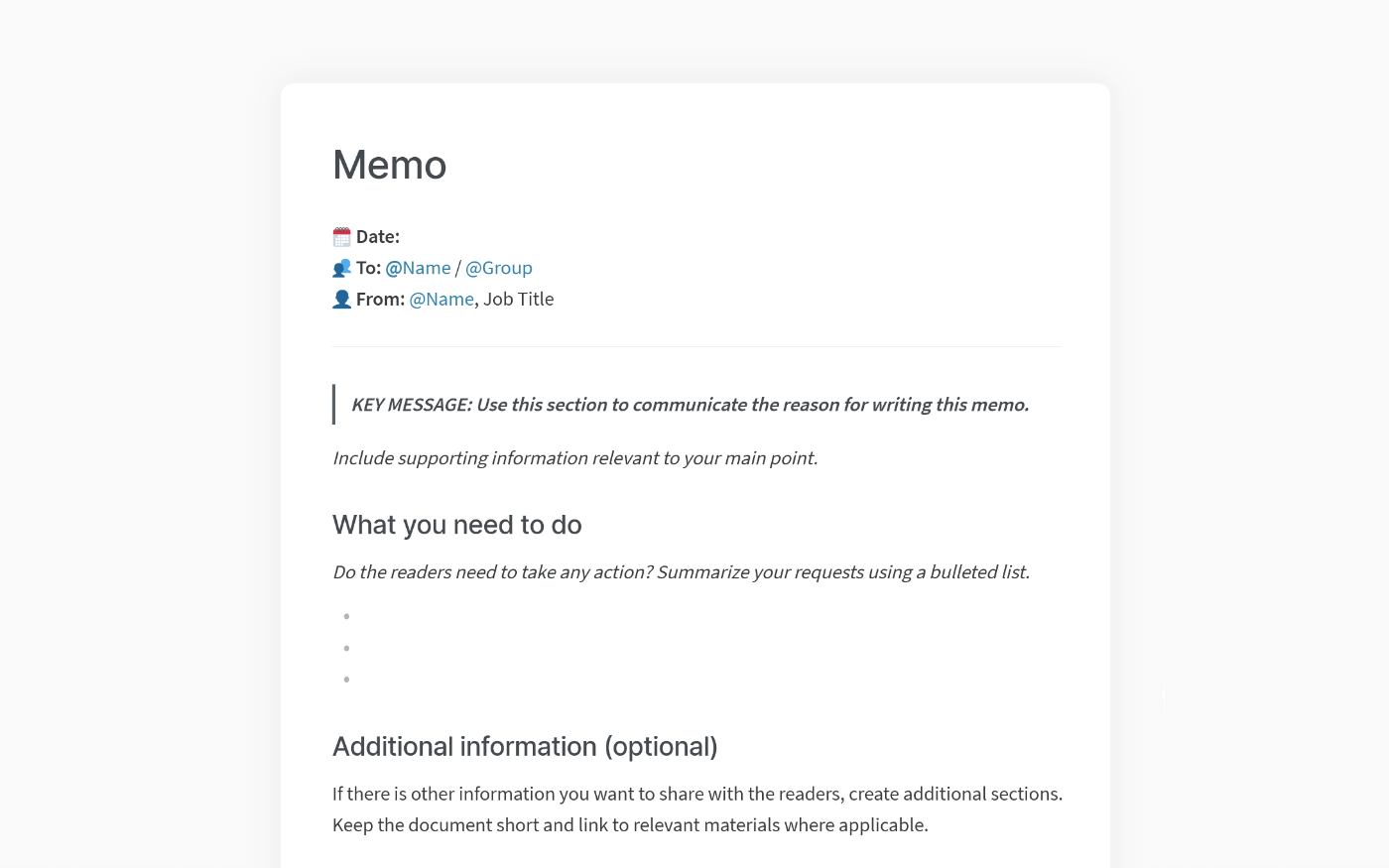

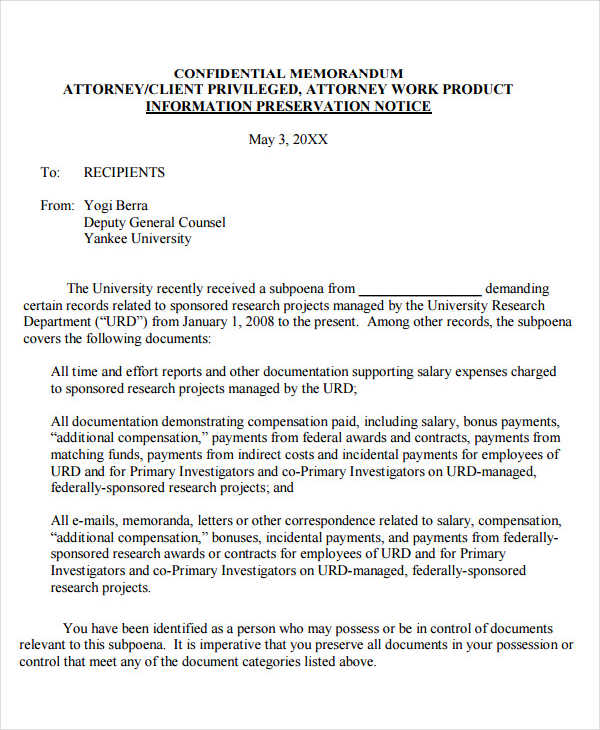
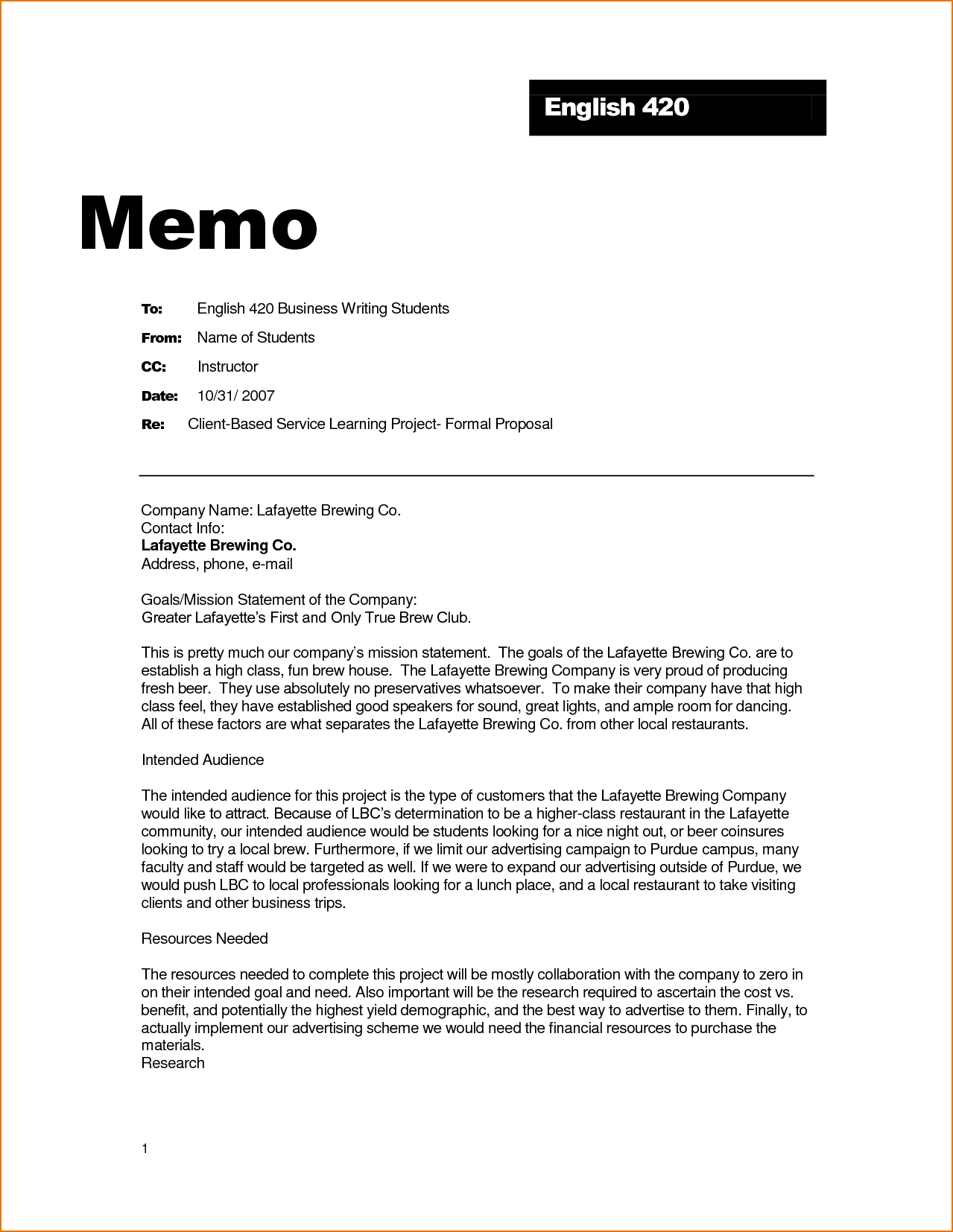

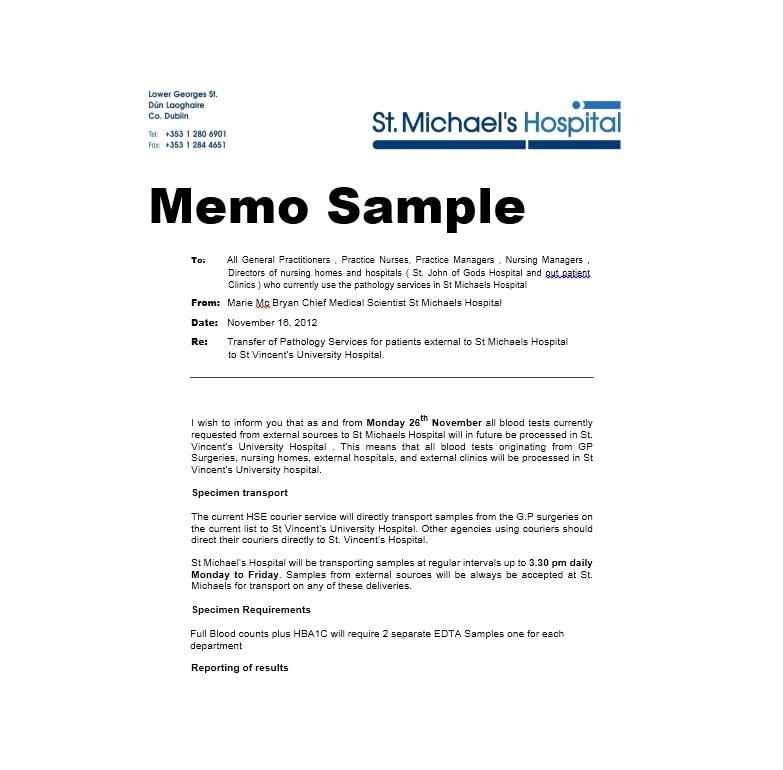
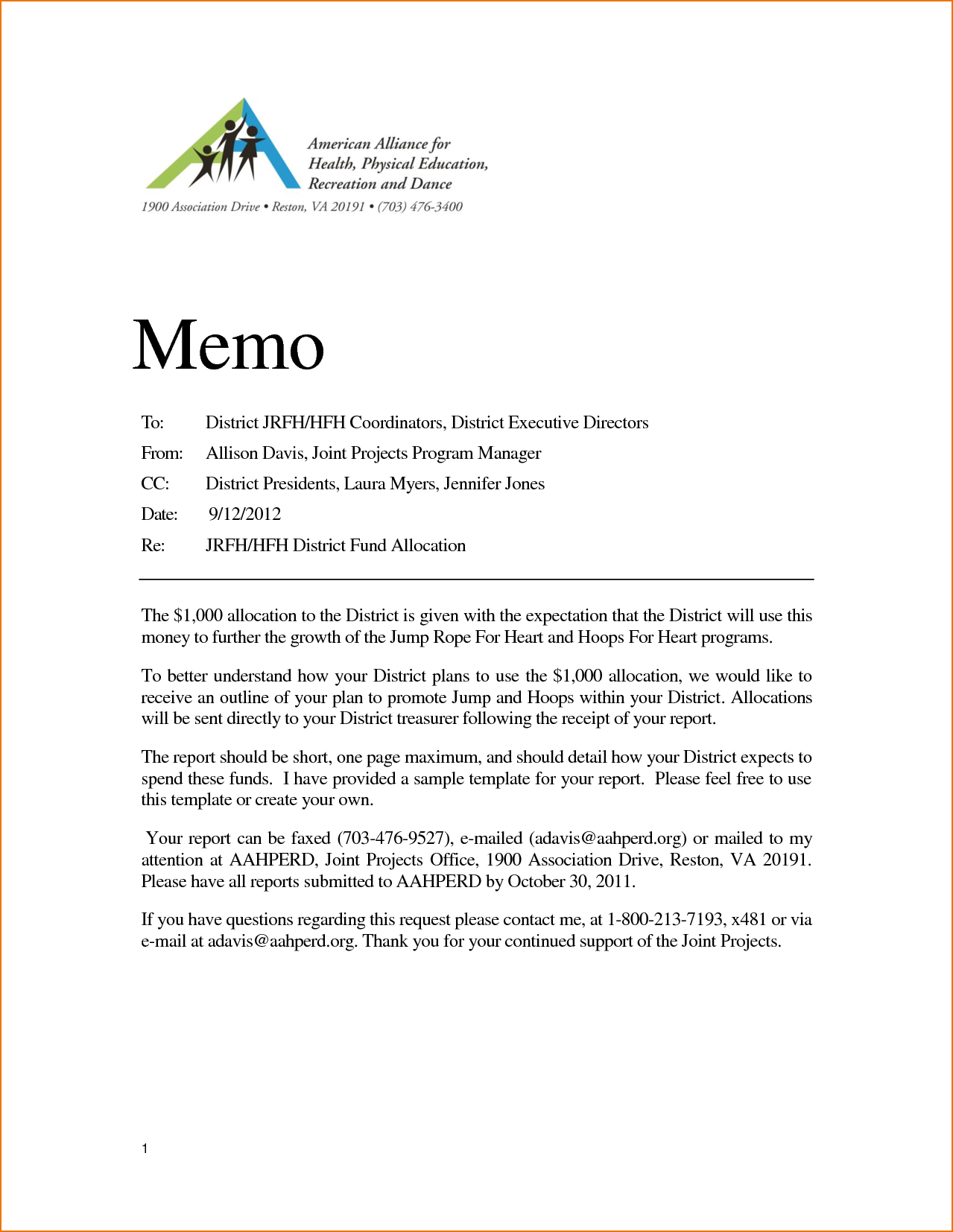
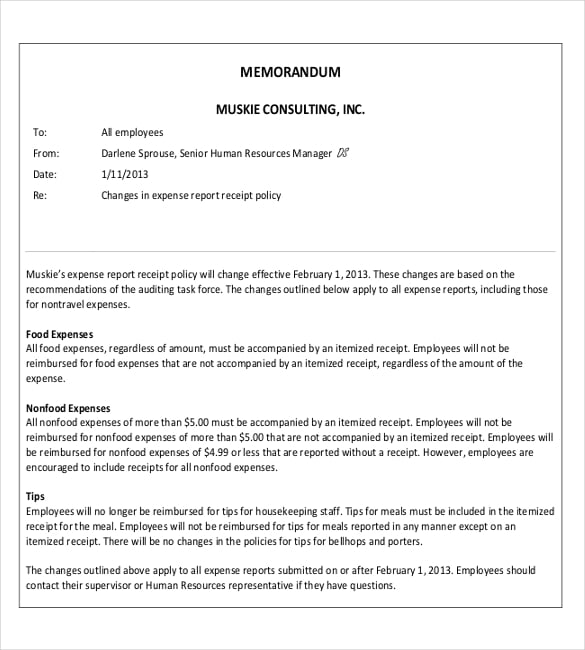
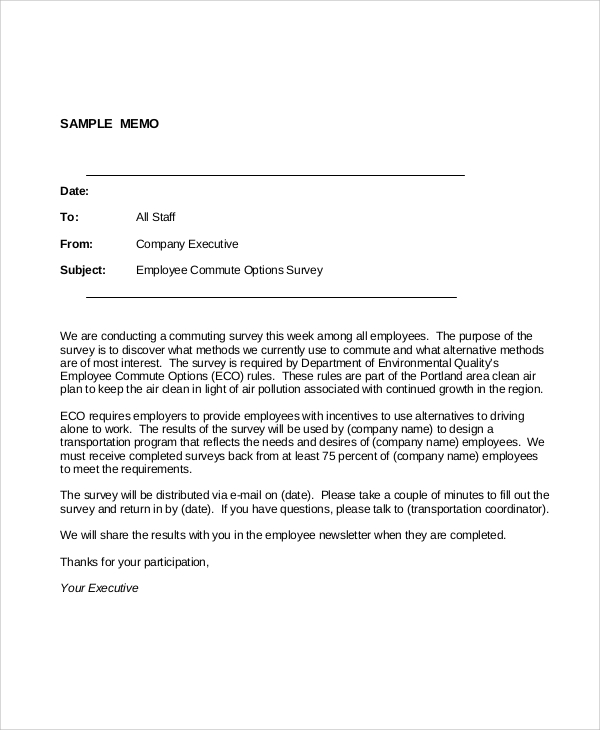

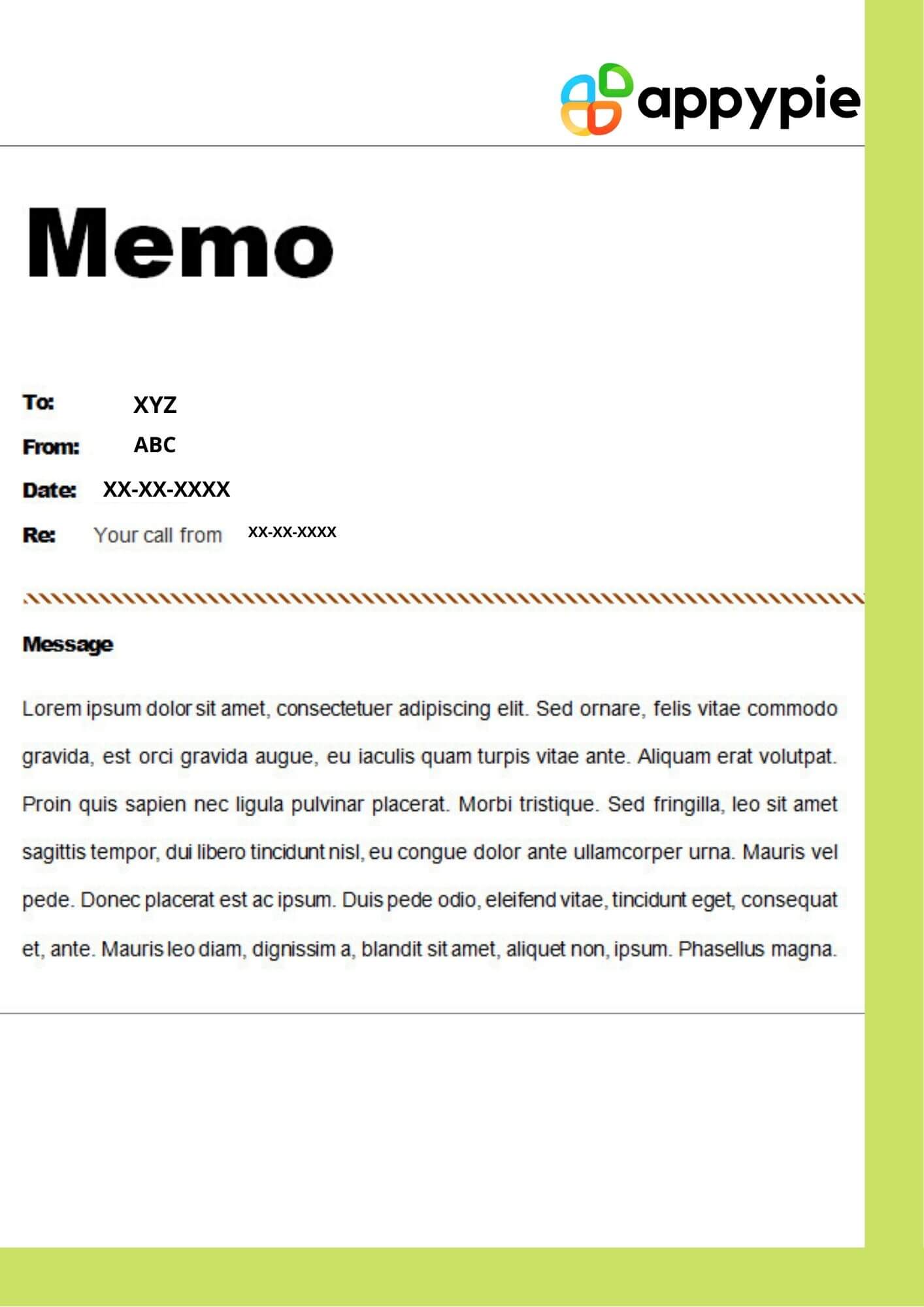
![How To Write A Professional Memo Examples 5 Employee Memo Examples + Templates [For Every Use Case]](https://influno.com/wp-content/uploads/2023/10/Announcement-Memo-Example-2.webp)
